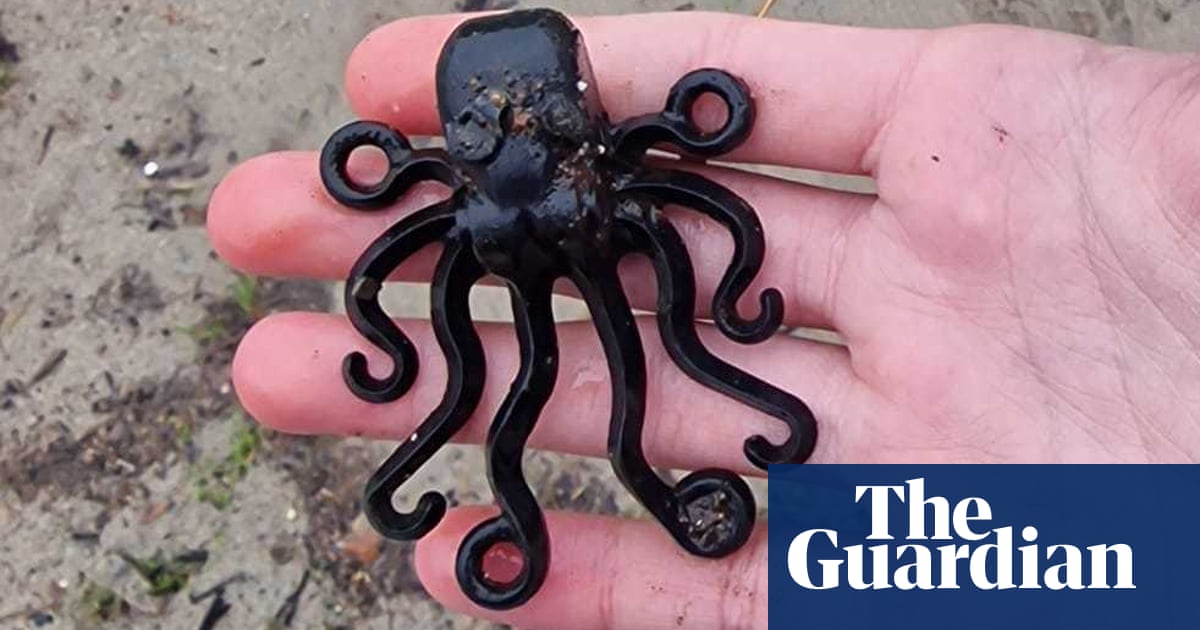All this climate data is wild » Yale Climate Connections


An elephant seal dives deeper than 1,000 meters below Antarctic waters with a tiny tag affixed to its fur, helping scientists collect valuable data about climate change. In Mongolia, pigeons fly around the capital city of Ulaanbaatar, with sensors on their bodies that help gauge air pollution.
A recent Nature Climate Change article notes that more than 1,000 animal species have worn sensors to gather data in places where measurement has always been difficult. In this way, elephants, wildebeests, caribou, pigeons, seals, and other animals have helped fill gaps in knowledge of our changing climate.
Millions of observations have been collected using these methods, according to the paper by Diego Ellis-Soto, Ph.D. candidate at Yale University, and his co-authors. It’s a much-needed supplement to data collected from sensors connected to objects such as ocean buoys, Earth-orbiting satellites, and terrestrial weather stations. These sensors provide valuable data but there are too few of them to gather sufficient data points to reflect microclimates and short-term patterns associated with climate change. Meanwhile, satellites have limited resolution and can be thwarted by clouds.
“Animals overall can go to places that are very hard to reach, such as polar regions on the ocean, tropical rainforests, tops of mountains, remote Pacific islands,” Ellis-Soto says. “So they can fill important gaps in our meteorological weather forecasting system. For example, there are few weather stations at elevations above 2,000 meters, but mountains are some of the most complex regions for predicting weather and are experiencing rapid changes under climate change.”
Animals have collected millions of observations about everything from air and water temperature to wind speed and direction to sea salinity. They have helped scientists learn about turbulence, air pollution, species movement and locations, and more. Animals can also be present for extreme events like heat waves, which Ellis-Soto notes are difficult to design experiments around.

“A weather station may be 100 kilometers away, for example, from an animal and give us a very unrealistic representation of the environmental condition the animal is experiencing,” Ellis-Soto says. “For example, the bird was under shade in a tree during a heat wave but a weather station lies open on the grass.”
Whereas weather stations are generally lower than 2,000 meters in elevation, a number of birds fly well above that height. Rüppel’s Griffons, for instance, can reach 11,000 meters, cruising altitude for a commercial aircraft. Bar-headed geese can fly more than 7,000 meters high in the Himalayas. In the oceans, whales, seals, and other animals can gather crucial data on everything from mesoscale eddies to variations in water temperatures.
Migratory white storks have collected information including GPS tracking of their movements and acceleration. In Mongolia, sensors on urban pigeons monitor Ulaanbaatar’s air quality. Homing pigeons, which are trained to fly to areas and return, are a particularly helpful species, the authors noted. They gather data on everything from heat stress to air pollution, wind speed, and more.
Deep ocean discoveries
The deep ocean is hostile to humans trying to collect data, but animals that dive deep into the ocean can gather information that can ultimately help protect their habitat. The recent Nature Climate Change article noted that one of the first uses of animal-borne sensors was a capillary depth gauge placed on a whale in 1940 to learn more about its physiology while diving.
Animal-borne sensors collect substantial volumes of ocean data to complement that gathered by Argo floats, ship measurements, and gliders. Seals have collected more than 500,000 oceanographic profiles.
Elephant seals have collected data used by researchers including Karen Heywood, professor of physical oceanography at the University of East Anglia in the U.K. She and other researchers on her team used more than 6,700 temperature and salinity profiles collected by seals in the Amundsen Sea to learn about the temperature and salinity of water layers in a trough. They reported their findings in a 2018 paper in Geophysical Research Letters, “Variation in the Distribution and Properties of Circumpolar Deep Water in the Eastern Amundsen Sea, on Seasonal Timescales, Using Seal-Borne Tags.”
“A huge benefit to us as physical ocean scientists is that the tags also help us to monitor climate as it changes and to understand the ocean processes such as currents or interaction between the ocean and the sea ice or ice shelves,” Heywood says.
The tags, which are glued to the seals’ fur, fall off during their annual molt. She says elephant seals can dive 1,000 meters or more “which gives us priceless data from the whole water column.” They learn about where the seals forage and see if they target areas with particular characteristics, such as temperature or salinity, sea ice, or other features.


“The seals are now the major source of vertical profiles of ocean temperature in the polar regions — we get far more data from them than any other measuring methods, like ships,” Heywood says. “The seals mean we can get data in the winter in areas that are covered in sea ice. There are also places that are risky for ships to get to, like the fronts of ice shelves that are calving to form icebergs — sometimes the seals choose to go there where we wouldn’t want to send a ship.”
Scientists also appreciate that seals collect data year-round, whereas ships only collect data during the summer because they can’t reach the areas in the winter. Leaving instruments toward the top of the water column in the winter would leave those instruments vulnerable to being damaged or moved by icebergs.
“We need to get those critical winter measurements now so they are a baseline for the future,” Heywood says. “The winter measurements are also really useful for checking that the climate models that we use for predicting future climate and sea level rise are correctly representing the processes such as heat loss to the atmosphere, or sea ice formation and melting. It’s actually difficult for the climate modelers to make sure their models are working correctly for regions or times of year where there are just no observations to compare with.”
Using animal-borne sensors does have its challenges. An animal’s body heat affects measurements, and there are non-random movements, GPS errors, and other factors. But today’s sensors are small, light, and unobtrusive to animals. As sensors adapt further and become smaller and less expensive, they could be an even better tool to help with climate forecasting
“Obviously we have to ensure that installing and carrying the sensor has no impact on the animal’s life — for example their ability to feed or mate,” Heywood says. “Gaining climate data from a sensor on an animal should feed back some benefits to the species, making sure their habitat is properly managed and not over-exploited.”




